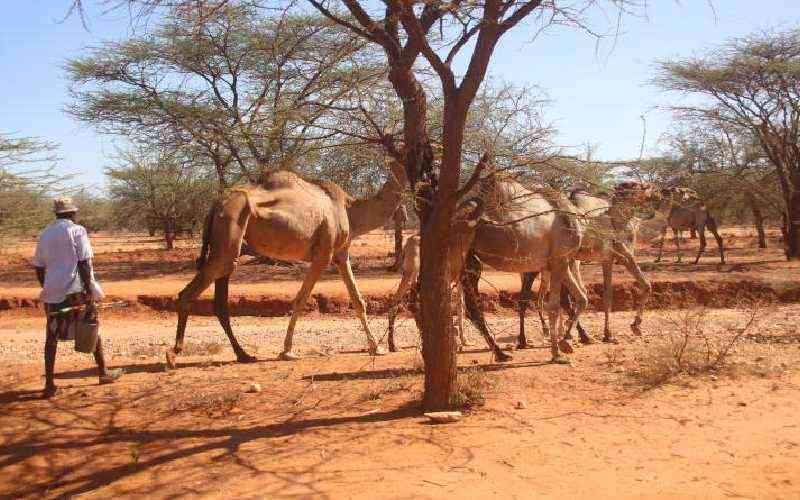×
The Standard e-Paper
Stay Informed, Even Offline

A camel herder takes his herd of camels for grazing in Kalama community conservancy in Samburu county. [David Gichuru, Standard]
Each dawn in villages in the dryland counties of Kenya, women, children and men wake up disillusioned. They are never sure if they will have a meal to satisfy the painful pangs of hunger.